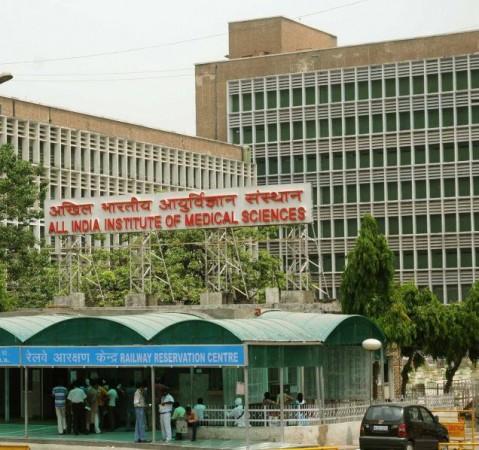
Violence in the health sector is a routine affair in India nowadays. Be it over the patients' deaths because of errors in treatment or charging excessive bills, hospitals and nursing homes or the doctors working for them are found facing the public's ire time and again.
The situation is so grave that the state of West Bengal has even decided to make medical practitioners undergo martial arts training to fend off attacks. The doctors, in the wake of repeated attacks on them, are also found going to strike demanding a better security cover. In a nutshell, the situation in the country's health sector is worrying.
And now, the sorry picture has been reflected on the pages of Lancet, the nearly-200-year-old international medical journal. In a piece published in the renowned journal on April 29, it has been said: "Health workers in India have reached a breaking point as they face risk of physical attacks while carrying out their work."
Throwing light on the instances of violence in India's health sector in the recent past, the Lancet report said strikes by resident doctors in northern and western India in the wake of physical attacks on them have hurt the health services in the country's public hospitals – both the routine and emergency. Even the functioning at the reputed AIIMS in New Delhi was not unaffected.
Police, bouncers in place to protect health workers
Police personnel have also been called in to provide safety to the health workers while private hospitals are keeping bouncers to protect their doctors. According to the Lancet article: "These instances point not just to poor safety of health workers in the workplace, but also to deeper malaise of growing mistrust between doctors and patients and inadequate health infrastructure."
The Lancet reported also cited a 2016 study which said that over 40 per cent of resident doctors in a tertiary care hospital in New Delhi faced violence at work in the last one year. It also said that according to the Indian Medical Association, 75 per cent of the doctors have faced violence — verbal or physical during their lifetime.
"Junior doctors face ire the most"
It was also pointed out that junior doctors were more exposed to violence for they are the first responders during emergency and also inexperienced in handling the patients' relatives.
Citing various reasons for this situation, the Lancet article also cited one expert who said funding of public health care has declined and passive privatisation has been encouraged. He said it is important that the government begins to spend more on public health-care and regulate the private services. It may be mentioned here that exorbitant medical bills often make the conflict between the patients' relatives and the hospital authorities inevitable.
It's a vicious cycle
Another medical expert said it is because of the worsening situation in the government hospitals that young doctors are not showing any interest in joining the government services and that is leading to shortage of doctors and more patients and adding more to the problem.
Mamata Banerjee recently tried to tame private hospitals but what about govt ones?
West Bengal Chief Minister Mamata Banerjee recently took strong steps to bring her state's private hospitals under check in the wake of a series of clashes and violence on hospital premises following deaths of patients. But what about the government hospitals? Who will address their problems?
The fact that the Lancet picked up such a low episode in India's health sector is not a matter of pride. But will we make any extra effort to ensure that our health sector indeed becomes healthy?

















